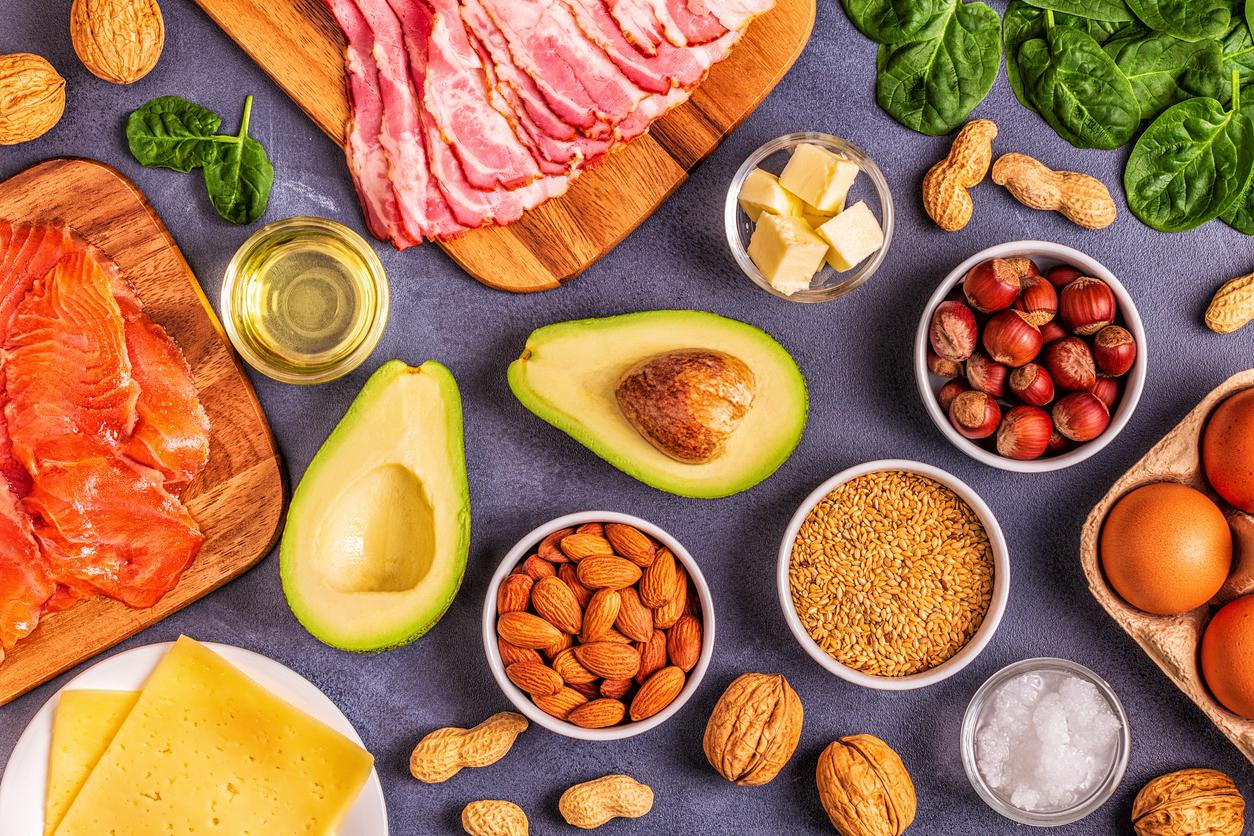Bile is made by the liver. It is a mixture of cholesterol and bile acids. The liver cells assemble, a network of collection pipes and the whole is stored in the gallbladder. It is a small pear-shaped pouch located under the liver. The storage of bile, in normal times, does not pose any particular problem, unless the concentration of cholesterol is too high compared to that of bile acids. Calculations are then formed, real pieces of stone whose expulsion is particularly painful. This is called the famous attack of hepatic colic which the one who suffered from it remembers all his life. But, in normal times, when the meal begins, at the request by contraction of this vesicle, the bile is poured into the small intestine, a long pipe 4 to 6 meters long, in which most of the work is done. our digestion. This tube is divided into three parts. The highest, the first is called the duodenum. This is where the bile mixes with our food which has already undergone brewing and breakdown in the stomach. Bile is used to digest fat and, in particular, to pass a large part of it into the blood. Because, although diet enthusiasts want to reverse the course of our history, our body, which carries with it the memory of millions of years of famine, likes to store reserves, and therefore fat, everywhere.
In France, 80,000 people have their gallbladder removed each year. A 2005 study and a Harvard surgeon and public health researcher showed that 8% of operations would not be justified. Which still represents more than 6,400 operated for nothing. And we can reassure those who no longer have a gall bladder and who still wonder how they will be able to digest normally; in fact, even without a gall bladder, the bile flows directly into the intestine without going through the storage box which therefore does not seem fundamental in our everyday life. They can stop having bile.
.
















